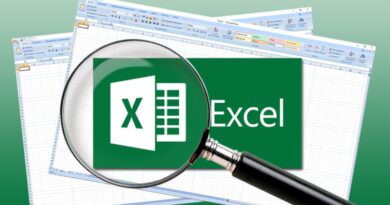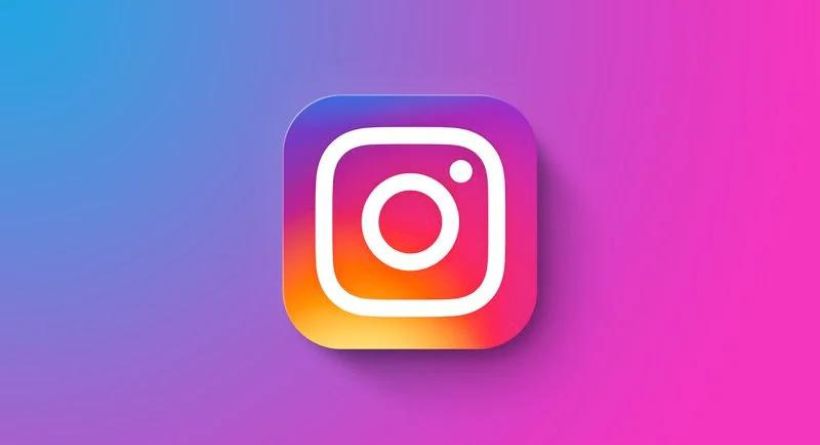Google Play Store not Downloading or Updating Apps: 11 ways to fix
If you download Office apps from the Google Play store, you can see an error that has weird digits in it. The Google Play team is cognizant of this issue and is attempting to find solutions. Please read the material below for further details and attempt the suggested solutions in the interim.
What are Google Play Store errors?
When you attempt to download programs from the Google Play Store, errors from that store are created, and they frequently include random digits. These issues could be brought on by Google Play Store upgrades, problems with Google’s cache, problems with saved data in the Play Store, or problems with Google accounts.
Among the most typical Google Play Store errors are the following:
To resolve the issues with the Google Play Store, use the following remedies.
Clear the Google Play Store cache
- Select Settings from your device’s menu.
- Select Applications or Application Manager. (Your device may have a different option.)
- After selecting All apps, scroll down to the Google Play Store app.
- Click the Force stop button after opening the app information.
- Press the button labeled Clear cache.
- Repetition of the previous steps, however step 3 should substitute Google Play services for Google Play Store.
- Attempt to download the program once more.
Delete all of your Google Play Store data.
If deleting the caches for the Google Play Store and Google Play Services doesn’t fix the problem, try erasing the Google Play Store data:
- Select Settings from your device’s menu.
- Select Applications or Application Manager. (Your device may have a different option.)
- After selecting All apps, scroll down to the Google Play Store app.
- Click the Force stop button after opening the app information.
- Select the Clear data option.
The Google Play Store problem should be fixed once the cache and data have been cleared. If not, proceed to the next action.
Removing and adding your Google account two times
Remove your Google account, restart your device, and then add it again if clearing the cache and data doesn’t fix the problem.
- Select Settings from your device’s menu.
- Tap the name of the account you wish to delete under Accounts. Tap Google and then the account if you are logged into a Google account.
- Select the menu by tapping the icon in the top right corner of the screen.
- Click “Remove account.”
- Restart your gadget and log back into your account. Try downloading the app after that.
Monitor Your Internet Connection
To download apps from the Play Store, you must a reliable cellular data or Wi-Fi connection. If you click the Install or Update option, do apps remain in the “download waiting” state? Verify the functionality of your internet. Open a browser and go to any random website. Your internet connection is probably the cause of the website’s failure to load. switch it back off after activating airplane mode.
If you have trouble downloading apps using mobile data, try a Wi-Fi connection instead. Reboot or reset your router and give it another go if the WiFi issue continues. The performance of Google Play might potentially be impacted by a VPN connection. Close or deactivate your VPN application (if you use one) and see if that resolves the issue.
Update Date and Time
Incorrect data settings can cause some system functions and third-party applications to break. Make sure your device is using the network-provided date and time by going to Settings > System > Date & time in the system settings menu. The Use network-provided time-zone toggle should also be turned on.
Turn off Bluetooth on your device.
As strange as it may sound, a lot of Android users who’ve had similar problems with the Google Play store have attested that turning off Bluetooth was a successful fix. You can turn off Bluetooth on your device by selecting the option in the notification center or by going to Settings > Connected devices > Connection settings > Bluetooth
Free Up Storage Space
When you run out of storage on your smartphone, some system features will stop working. For instance, Play Store may not be able to update or download new applications. Additionally, certain applications may start out slowly and erratically crash while being used.
Go to Settings > Storage to check whether your device has enough storage space to accommodate new programs, even though Android notifies you when your internal storage is low (or when there is less than 1GB available).
Check for Android system updates
If you are not the only person experiencing difficulties updating apps from the Play Store, Google is quite likely to release an update to address the issue. Therefore, it is your responsibility to monitor for such updates and ensure that you install them. If you’re unsure how to check for and install an Android system update, be sure to follow the instructions below:
- Select Settings.
- Navigate to the Software Update section and select it.
- Select “Download and Install.”
- Your device will then immediately check for any available upgrades to the Android operating system.
- If there is, you must press on download before installing.
If you’re wondering “why my Play Store is not updating apps,” one of the greatest options is to update your operating system. This is because system upgrades are always helpful in addressing bugs, and a variety of issues lead to problems where apps on Android phones do not update.
Clear cache & data from Download Manager
In order to download and update apps on your phone from Google Play Store, Android Download Manager serves as support staff. You won’t be able to update programs via the Google Play Store if, by accident, the built-in Android Download Manager software is broken or disabled. If Google Play is unable to update your apps, you can try resetting the Download Manager by deleting all of its cache and data.
The download manager’s data and cache can be cleared as follows:
- Navigate to Settings
- Next, click on Apps (Now, enable a filter that shows System Apps)
- Click the Download Manager button.
- Right now, pick Storage.
Reopen the Google Play Store and check to see if any updates are being made to any apps. Follow the necessary steps described below in case this isn’t of assistance to you.
The Google Play Store’s battery optimization should be disabled
You shouldn’t place any restrictions, whether they pertain to battery usage or anything else, in order to support Google Play Store’s smooth operation. Keep in mind that disabling battery optimization limits the Google Play Store’s ability to run in the background. Google Play Store will eventually stop allowing background app updates. You must turn off Google Play Store battery optimization in order to resolve this problem.
Using the Google Play Store, you can stop battery optimization as follows:
- Select Settings.
- Browse the list and select Apps
- Activate the “Show system apps” switch now.
- After that, select Google Play Store.
- Tap battery, then select Optimise battery consumption.
Make sure to flip the switch to the off position if the Google Play Store option is enabled on the following screen.
Forced halt Play Store for Google
The Google Play Store needs to be forced to halt if the aforementioned solutions didn’t resolve the Play Store not updating apps issue. Every Android device has the option to force stop an app, which also terminates any related services. This assists in resolving any ongoing app issues that prevent Play Store from updating apps.
To stop the Google Play Store on your Android smartphone for good, follow these steps:
- Open Settings from the home screen.
- Click on Apps
- Afterward, turn on the “Show system apps” filter.
- then click Google Play Store.
- You can tap on the Force Stop option that is located in the bottom right corner.
For more Apple news and updates, visit apple9to5.com




